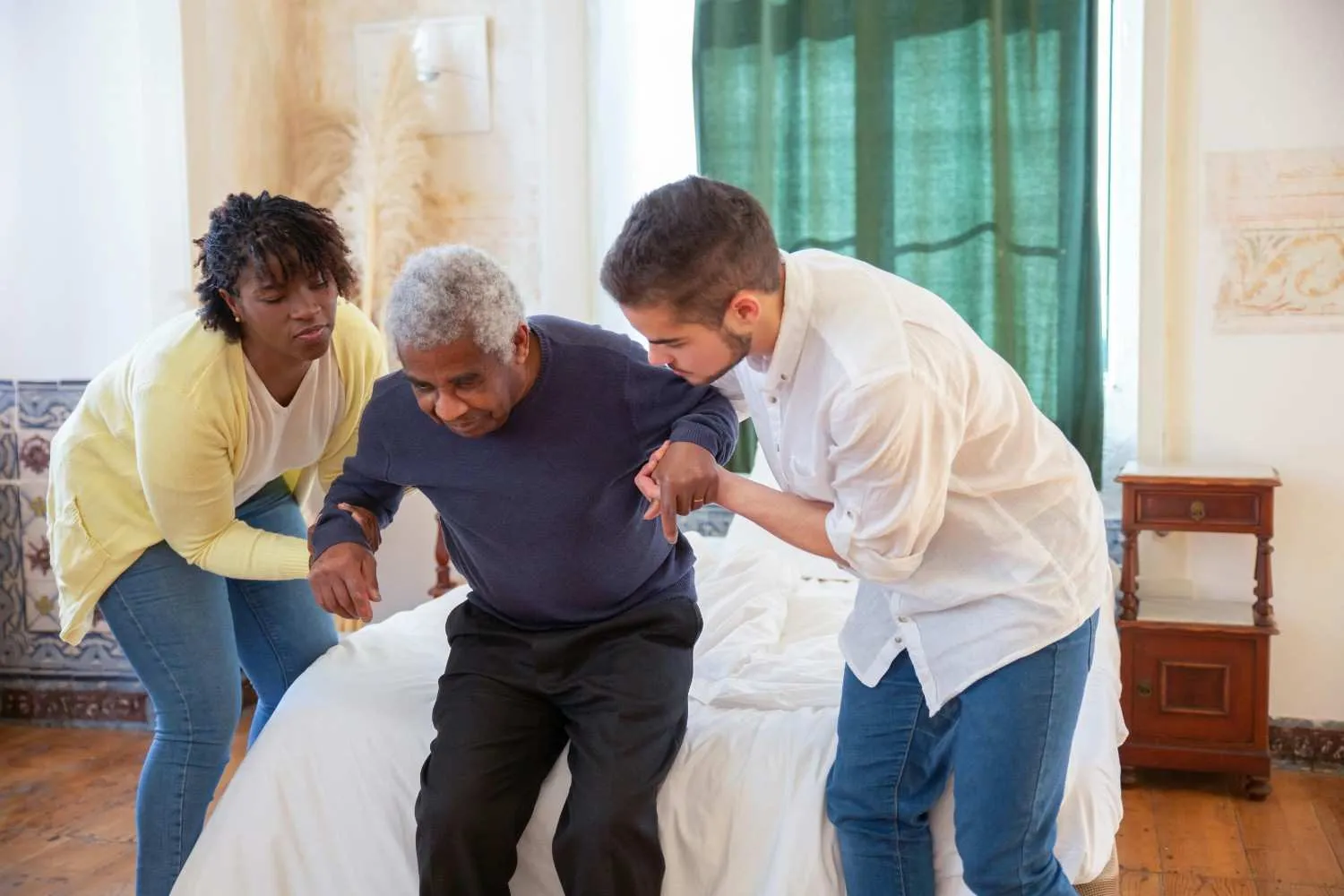Two percent of women suffer from a Bartholin cyst at some point. It is a cyst that forms in the vagina and can look like a red, swollen rounded shape. It occurs most commonly among women in their prime reproductive years. Read on to learn what causes Bartholin cysts and treatment for bartholin cyst options are available.
What is Bartholin's cyst?
A Bartholin cyst is a cyst that forms on either side of the labia of the vagina. It derives its name from the Bartholin glands present in the vagina, which produce a mucus-like fluid to help lubricate the vagina. Some Bartholin cysts are small and cause discomfort and pain but go away naturally, while others can be extremely painful and bigger, often getting infected and forming abḌscess.What causes Bartholin cyst?
Bartholin's cysts are solid, sensitive tumors that don't always hurt. Although infectious substances can not cause cysts to form, bacteria can infiltrate the fluid within them once they have developed. The following are possible causes of Bartholin cyst:- A cyst is formed when there is a blockage in the mucus produced by the Bartholin glands. The lubrication can accumulate and lead to a Bartholin cyst forming.
- A cyst can also form as a result of injury or extra growth of skin in the vulvar area of the vagina.
- The cyst can become infected due to several bacteria. Some of them are as follows:
- Neisseria gonorrhoeae(STD): this bacterium is responsible for causing gonorrhea, a sexually transmitted infection
- Chlamydia trachomatis: this bacterium is responsible for causing chlamydia
- Escherichia coli: it is a bacterium causing infection in the cyst.
What are the signs & Symptoms of a Bartholin cyst?
Even though smaller Bartholin cysts might not show symptoms except for a little discomfort, bigger Bartholin cysts can develop the following symptoms:- Discomfort and pain in activities like walking, sitting, passing urine, and having sex.
- Swelling and tenderness in labia
- Redness in labia
- Fluid drainage from the cyst
- The cyst persisting and increasing in size
- One side of the labia majora looks swollen, bigger than the other.
Treatment for Bartholin cyst -
After Knowing What causes Bartholin cyst, let's move to its treatment solutions. Treatments for a Bartholin cyst may vary depending on the symptoms of the cyst. If the cyst is painless, small, and not infected, it gets cured without any treatment. But if it persists and grows or shows signs of an infection, you might need treatment. Options for treatment include the following:-
Hot bath -
-
A warm compress -
-
Painkiller medication -
-
Antibiotics -
-
Surgical procedure -
-
Marsupialization -
-
Drainage using needles -
-
Gland removal -
Can Bartholin's cyst be contagious?
No, cysts are not contagious and cannot spread during physical contact. One of the reasons for cysts is STIs, and those STIs can be contagious. Prevention: Practicing good hygiene habits and having safe sex—using condoms—to reduce the chances of a cyst from an STI are among the habits that help to reduce the chances of forming a Bartholin cyst.When to consult a doctor?
A Bartholin cyst could be treated at home using the methods mentioned above if it was caused due to the excess fluid produced by the Bartholin gland. On the other hand, if STI causes it, you will need to take antibiotics and consult a doctor. If the cyst does not go away within a week and continues increasing in size, you should immediately seek medical attention. The cyst might be infected and develop an abscess. The doctor can plan the course of treatment depending on the condition of the cyst.Who is affected by Bartholin cysts?
Generally, women in the age group of 20-30 might develop Bartholin cysts. It does not affect girls who have not yet hit puberty, as the Bartholin glands develop after a girl reaches puberty. The chances of getting a Bartholin cyst after menopause are also minimal as the Bartholin glands shrink after reaching menopause.FAQs -
Final takeaway -
Bartholin cyst is a cyst that develops on the labia near the vaginal opening. The Bartholin glands are responsible for generating lubrication, and sometimes this fluid might build up, causing a cyst to develop on the skin. In most cases, these are small cysts causing discomfort while walking or sitting and naturally go away in a few days. In some cases, they can get infected, develop in size, and require medical attention. If you have recurring Bartholin cysts, you must consult a doctor and ensure good hygiene and safe sex practices.Frequently Asked Questions
Is Bartholin cyst an STI?
No, Bartholin cyst is not an STI as it cannot develop independently. But it can, in some cases, develop due to an STI.
Is Bartholin cyst contagious?
No, Bartholin cysts cannot be transmitted from skin-to-skin contact. But in cases, the cyst has formed due to an STI, that STI might be contagious.
Can Bartholin cyst be treated at home?
If the cyst is not infected and is small in size, you can try a warm compress, sit in a hot bath or wait it out as it goes away within 4-6 days naturally. You should consult a doctor if it continues longer than a week and looks infected or increases in size.
Categorized into
General Health,
Sexual Health,
Gastric Conditions,
Pregnancy Health,
Gynae Conditions

Reviewed by







